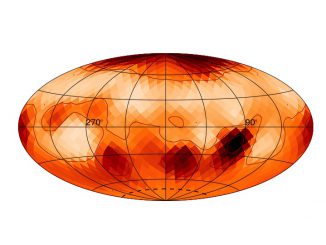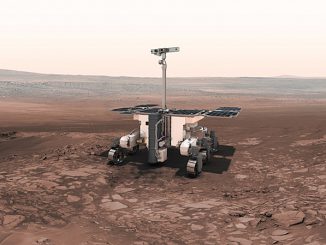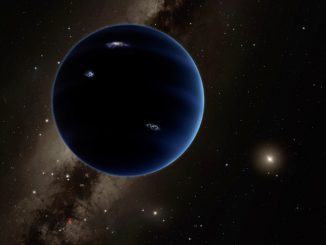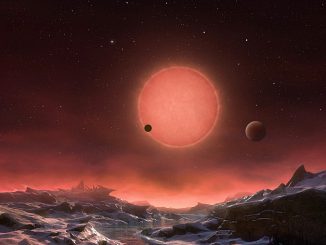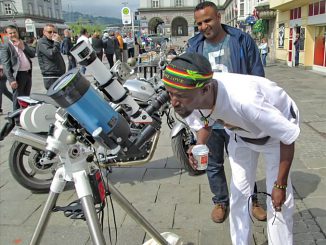
Where to view the transit of Mercury on 9 May
With the transit of Mercury just two days away, interest in this comparatively rare event is growing fast. Given the favourable timing of this 7½-hour phenomenon for the UK, many will be able to view it at lunchtime or after work. If you don’t have suitably equipped telescope, join one of the many transit-viewing activities hosted by astronomical organisations nationwide.





